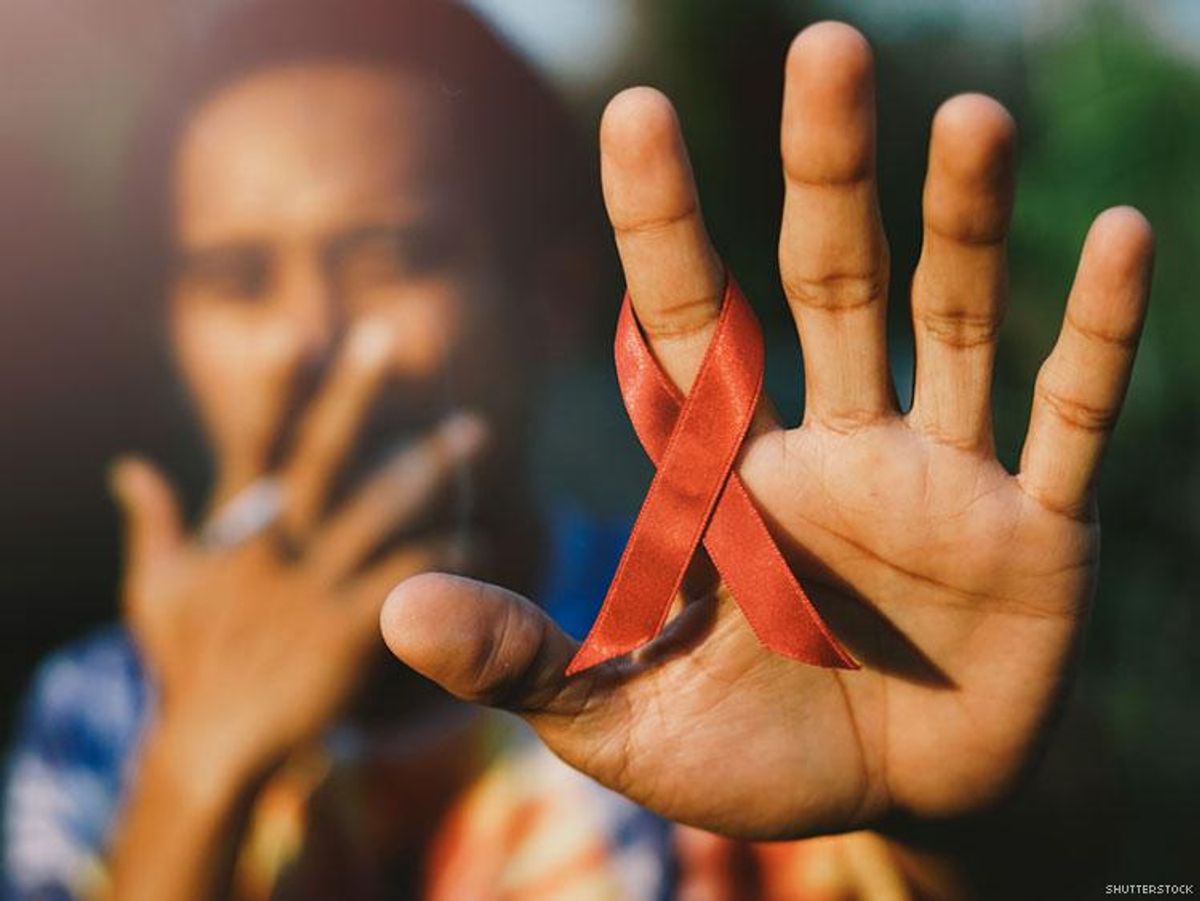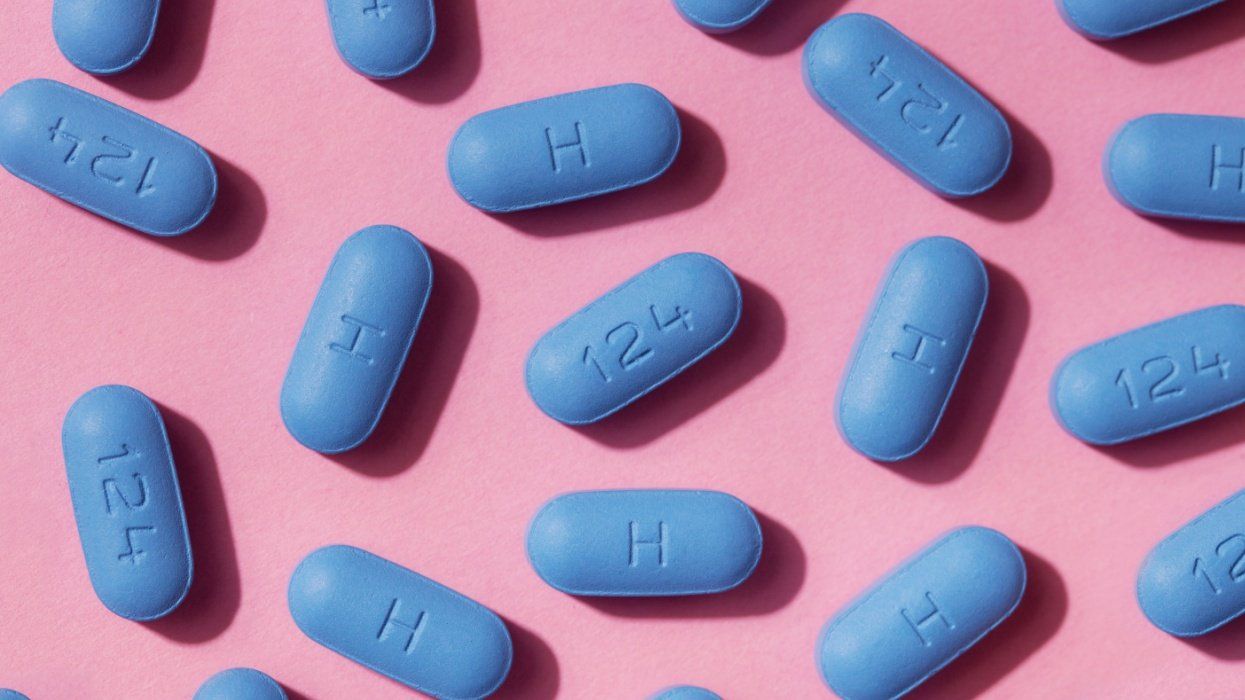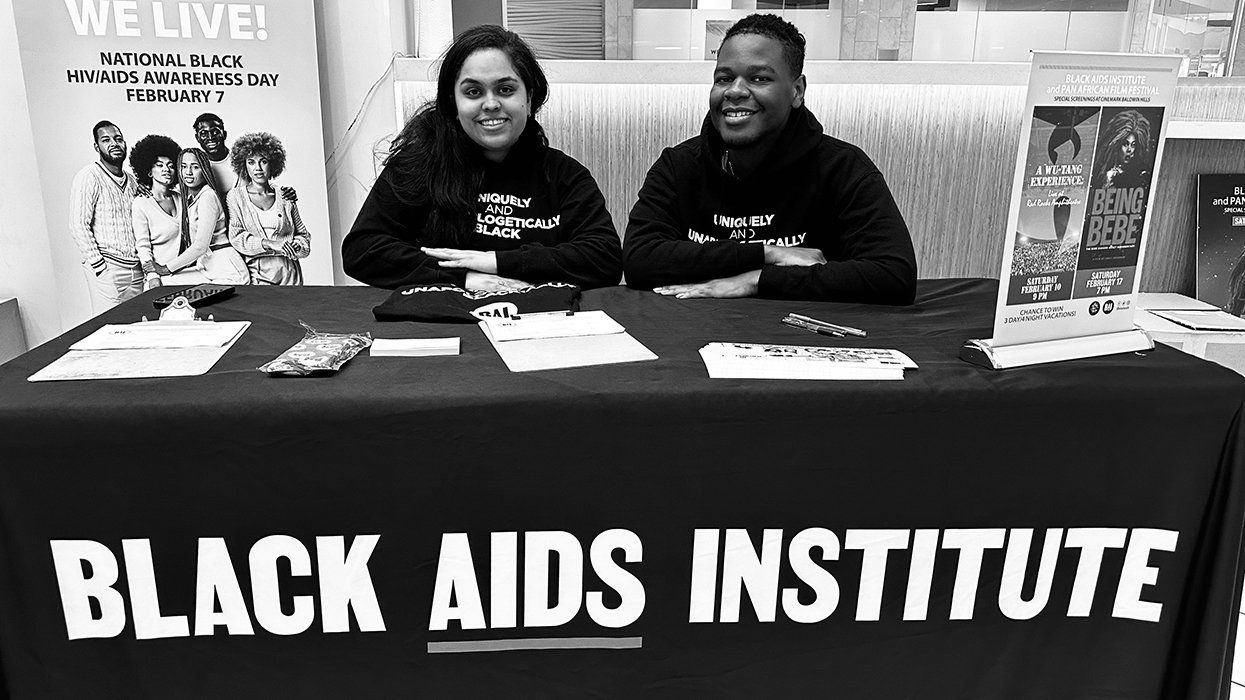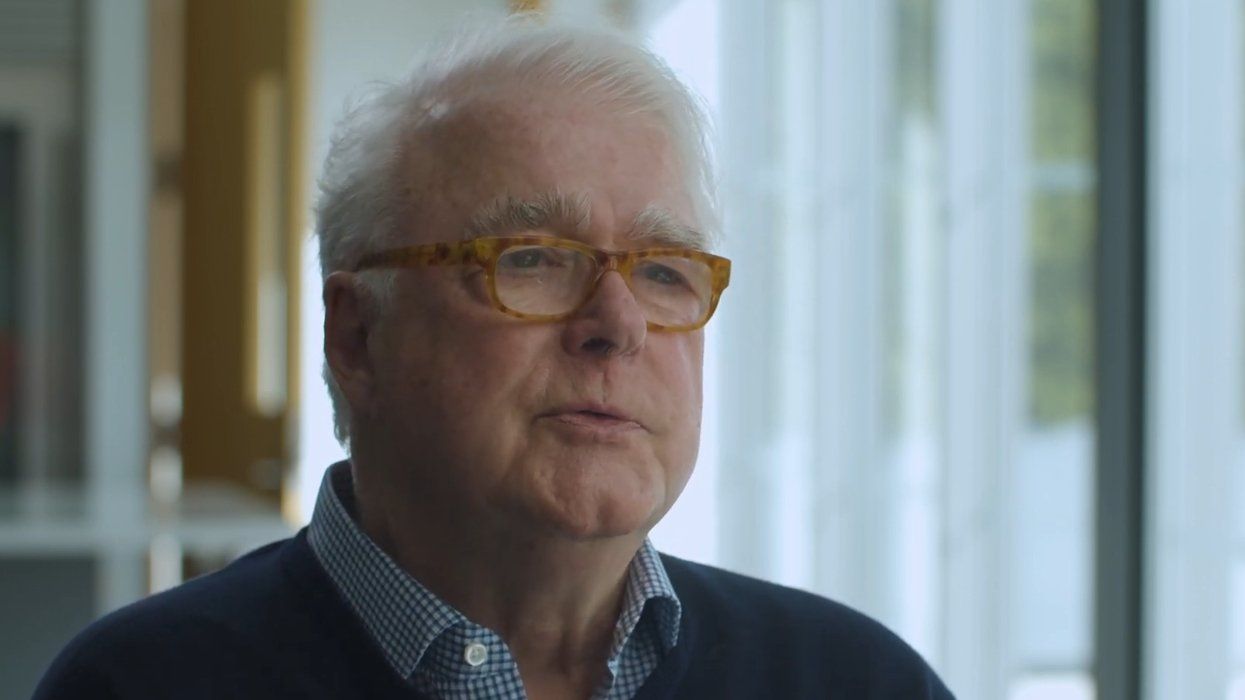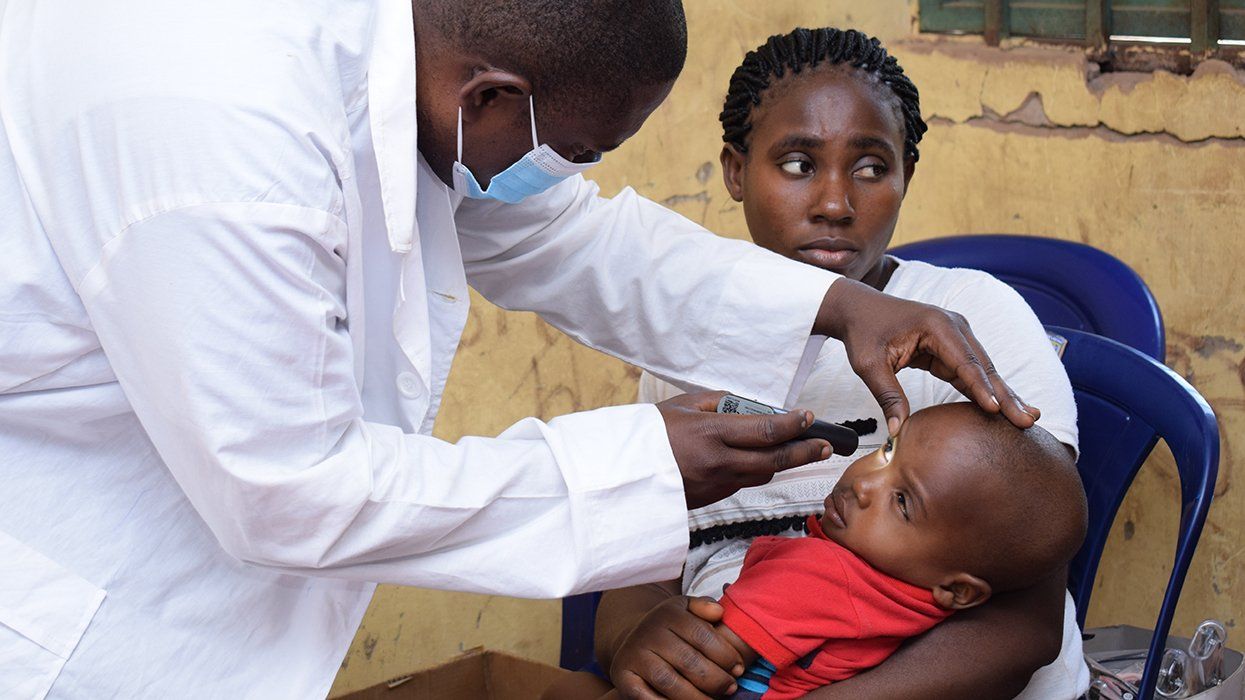New numbers from the Centers for Disease Control and Prevention have estimated that annual HIV infections in the United States fell 18 percent between 2008 and 2014, a rapid decline after nearly two decades of stagnation.
According to the report, which was presented at the 2017 Conference on Retroviruses and Opportunistic Infections in Seattle, the CDC analyzed HIV diagnoses data and post-HIV diagnoses T-cell counts from the National HIV Surveillance System between 2008 and 2014.
Researchers found that HIV transmission rates declined 56 percent among injection drug users, 36 percent among heterosexuals, and 18 percent among men who have sex with men between the ages 13 and 24.
While all other groups saw a rapid decline during these six years, MSM were the only high risk group that didn’t. Instead, they remained stable, which is a major improvement from years prior when the rates of HIV were on the rise.
So what’s the reason?
The CDC says prevention strategies like PrEP played a major role in preventing new diagnoses in the last several years.
“Maximizing the power of these new prevention tools in conjunction with testing and education efforts, offers the hope of ending the HIV epidemic in this nation,” Dr. Eugene McCray, director of CDC’s Division of HIV/AIDS Prevention, said in a statement. “Science has shown us the power of HIV treatment medicines in benefitting people with and without HIV.”
Currently, MSM transmission rates have remained stable at about 26,000 per year among gay and bisexual men overall, and 10,000 per year among black gay and bisexual men. While southern states make up around 37 percent of the U.S. population, they accounted for 50 percent of new HIV diagnoses in 2014.
“Unfortunately, progress remains uneven across communities and populations,” said Dr. McCray. “High-impact prevention strategies must continue to be developed and implemented at the state and local levels to accelerate progress. That means more testing to diagnose infections, increasing the proportion of people with HIV who are taking HIV treatment effectively and maximizing the impact of all available prevention tools.”

